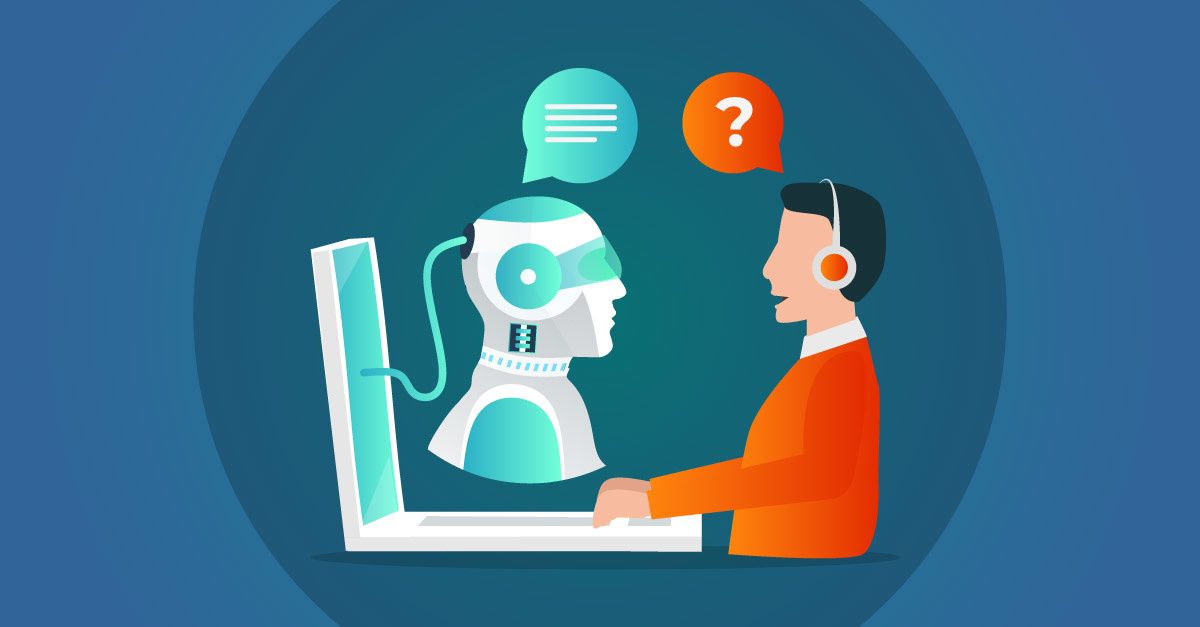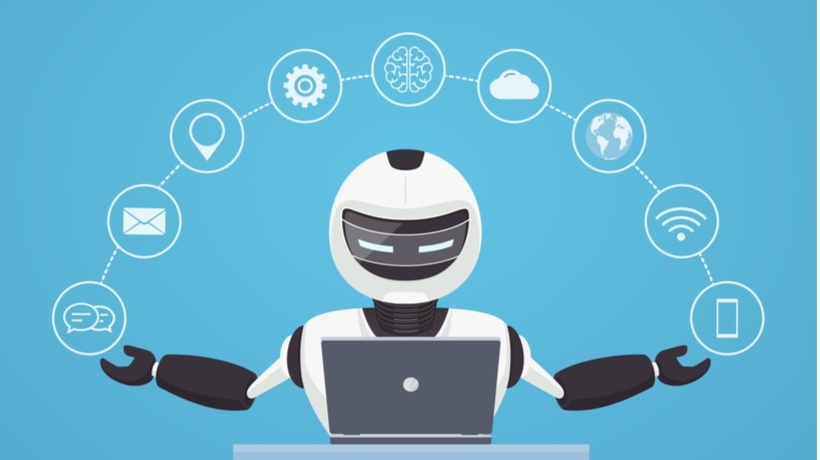Global Impact of AI Technologies
This article explores the global impact of AI technologies, highlighting its role in promoting technological accessibility, fostering global equality, and driving innovation across various fields to improve the quality of life for people worldwide.
Author
EZ-AIGlobal Impact of AI Technologies
Introduction
Artificial intelligence (AI) has made significant strides in recent years, transforming various aspects of our lives and industries. One of the key areas where AI has made a substantial impact is in making technologies more accessible globally and promoting technological equality. In this article, we will explore how AI contributes to global tech growth and discuss some examples of AI scaling helpful technologies.
AI's Role in Global Technological Accessibility
AI can help make technologies more accessible globally by supporting a wide range of languages. With more than 7,000 languages spoken worldwide, traditional approaches to training language models on text from the web fail to capture the diversity of global communication.
AI can bridge this gap by making technology more inclusive for people who speak less-represented languages, allowing them to engage with technology more naturally.
AI and Global Technological Equality
AI plays a crucial role in promoting global technological equality by addressing various challenges faced by under-resourced regions. For example, AI can help provide better access to healthcare by enabling smartphones to detect respiratory and heart rates.
Additionally, AI can help people adapt to the effects of climate change by forecasting floods and tracking wildfires in real-time using satellite imagery.
AI's Contribution to Global Tech Growth
AI contributes to global tech growth by fostering innovation and unlocking new possibilities in various fields. For instance, AI-powered generative models can bolster creativity by helping people express themselves using video, imagery, and design. AI can also address pressing global issues such as climate change and healthcare, driving technological advancements and improving the quality of life for people worldwide.
Examples of AI Scaling Helpful Technologies
1. Audio generation: AI models like AudioLM can generate realistic speech and piano music by listening to the audio only, opening up new possibilities in creative fields.
2. Climate adaptation: AI models can identify and track wildfires in real-time using satellite imagery, helping predict their evolution and spread.
3. Flood forecasting: AI can forecast floods and expand coverage to more countries, helping communities prepare for and adapt to natural disasters.
4. Healthcare access: AI can help smartphones detect respiratory and heart rates, providing more accessible healthcare solutions in under-resourced regions.
If you want to know how to implement AI models in your system, check out EZ-AI.
Conclusion
AI has the potential to revolutionize global technological accessibility and growth by supporting a diverse range of languages, promoting technological equality, and driving innovation across various fields. As AI continues to advance, it will play an increasingly crucial role in shaping the future of technology and improving the lives of people worldwide.
FAQs
How does AI empower creators and artists?
AI-powered generative models have the potential to unlock creativity and help people across cultures express themselves using video, imagery, and design in ways they previously could not. Researchers have developed models that generate high-quality images and videos and have made breakthroughs in applying diffusion models to video sequences. By bringing text-to-image generation technologies to platforms like AI Test Kitchen, users can create themed cities and design friendly monster characters using text prompts, further expanding creative possibilities.
How does AI contribute to global technological accessibility and equality?
AI contributes to global technological accessibility and equality by supporting a wide range of languages, making technology more inclusive for people who speak less-represented languages. It also addresses challenges faced by under-resourced regions, such as providing better access to healthcare and helping people adapt to the effects of climate change.
Can you provide some examples of AI scaling helpful technologies?
- Audio generation: AI models like AudioLM generate realistic speech and piano music.
- Climate adaptation: AI models identify and track wildfires in real-time using satellite imagery.
- Flood forecasting: AI can forecast floods and expand coverage to more countries.
- Healthcare access: AI helps smartphones detect respiratory and heart rates, providing more accessible healthcare solutions in under-resourced regions.



